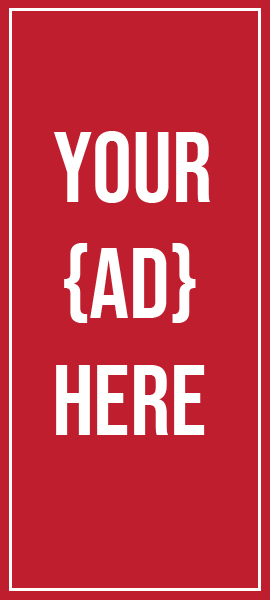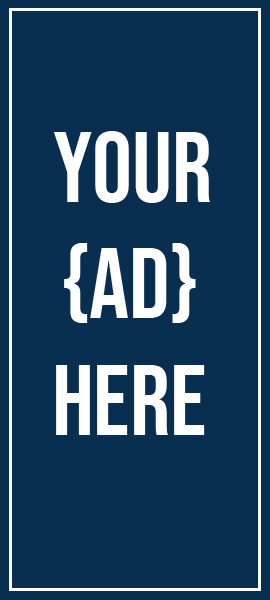Writing a Winning Cover Letter
Just get it down on paper, and then we’ll see what to do with it.
– Maxwell Perkins
Introduction
Cover letters, when introducing a strong, well prepared resume, should be brief and to the point. They should not be long and redundant with the same content already contained in the resume. This brief attention getting greeting is intended to be a sample of your business writing skill and an invitation to ‘check out’ your resume.
Variety of Cover Letters
The reason for contacting the company and who you are contacting will help determine the type of cover letter you write. Pay close attention to the requirements of the employer. One of the quickest ways to have your resume discarded is by not following the employer’s instructions. If the potential employer specifies the type of information they would like to see in your cover letter, be sure to include it. The following types of cover letters can be used to help secure the job you are seeking.
First contact cover letter. A First contact cover letter is one that is used when you are not applying for a particular job. You can use the cover letter as an introduction of your skills. Although this type of cover letter may not produce great success for you, if you send it at the right time it could get into the hands of a decision maker who may contact you for an interview.
Targeted cover letter. Unlike a First contact cover letter, a Targeted cover letter is sent to a specific person, applying for a specific job. With an effective presentation of your skills and experience, this cover letter could turn into a strong job prospect.
Recommendation cover letter. Of the three cover letters mentioned, a Recommendation cover letter may be your best chance for turning a job application to a job offer. It is similar to a Targeted cover letter because you are sending it to a particular person for an advertised position. The one bonus of this type of cover letter is that it includes the name and contact information of someone who is referring you to the company.
Creating a Template
It does not take special training or skills to create a cover letter template. Understanding its basic components and ensuring effective, quality content is what’s most important. In addition to utilizing your knowledge of the subject matter, consult ‘best practice samples’ of cover letters. After all, you do not want ‘just another cover letter’ that gets thrown to the bottom of the stack, you want a cover letter that grabs the attention of the decision maker and creates an opening for you to present yourself as the most viable candidate.
Customizing the Template
This cover letter template consists of the necessary information for a solid cover letter. This template is a guideline and not a substitution for a well-planned, customized cover letter for each position you apply for.
Contact Information
Legal Name
Street Address
City, State, Zip Code
Phone Number
Email Address (if applicable)
Today’s Date
Employer’s Contact Information
Name of Contact Person
Title of Contact Person
Company
Company’s Street Address
City, State, Zip Code
Salutation: Never use the first name of the person you are contacting. Instead use,
Dear Mr. or Ms. Last Name:
Body of the Letter: This section of the cover letter should explain to the employer the position for which you are applying. You should also list why you are the best person for the job. Be sure to give a concise but comprehensive presentation of your skills and experience. Spell out how your experience relates to the needs of the company and position. Conclude this letter by thanking the potential employer for their consideration. Let them know how and when you will follow-up with them.
Closing: Use formal closings such as Respectfully Yours, Sincerely or Best.
Signature: If you are sending a mailed letter, include a handwritten and typed signature. If you are sending your cover letter electronically, such as email, only a typed signature is necessary.
Checklist for Success
Strong cover letters contain the following details:
- Addressed to a specific person.
- Use the professional title of the person to whom it is addressed.
- Brief; about one-half page.
- Mention the name of anyone referring you to that company.
- Do not appear to be boastful or desperate.
- Indicate interest in the company.
- Highlight two or three eye catching traits or characteristics you possess.
- Display confidence as a high quality candidate for the position.
- Business like in tone, yet enthusiastic.
- Attached as one file along with your resume.
Practical Application
Marvin racked his brain trying to create his cover letter. Marvin had trouble letting the words spill out on the page without the urge to wipe them off again. Jay saw that Marvin was struggling with his words and phrasing. Jay helped Marvin get out of his own way and gave him the right tools for the job. Marvin quickly applied pen to paper and could draw up the cover letter of his dreams with a few easy strokes and a colorful imagination ready to back him up at every turn. In a flash, Marvin had sculpted the most exquisite masterpiece and proudly placed it next to his resume for all to admire.





